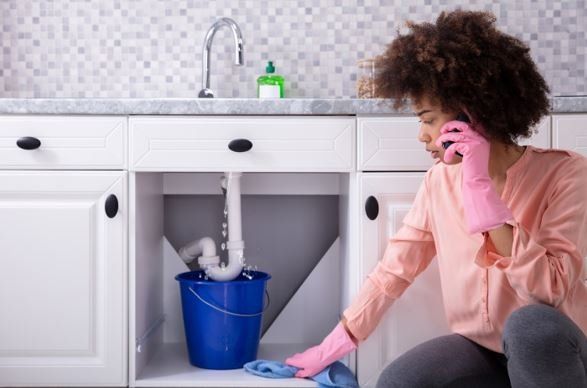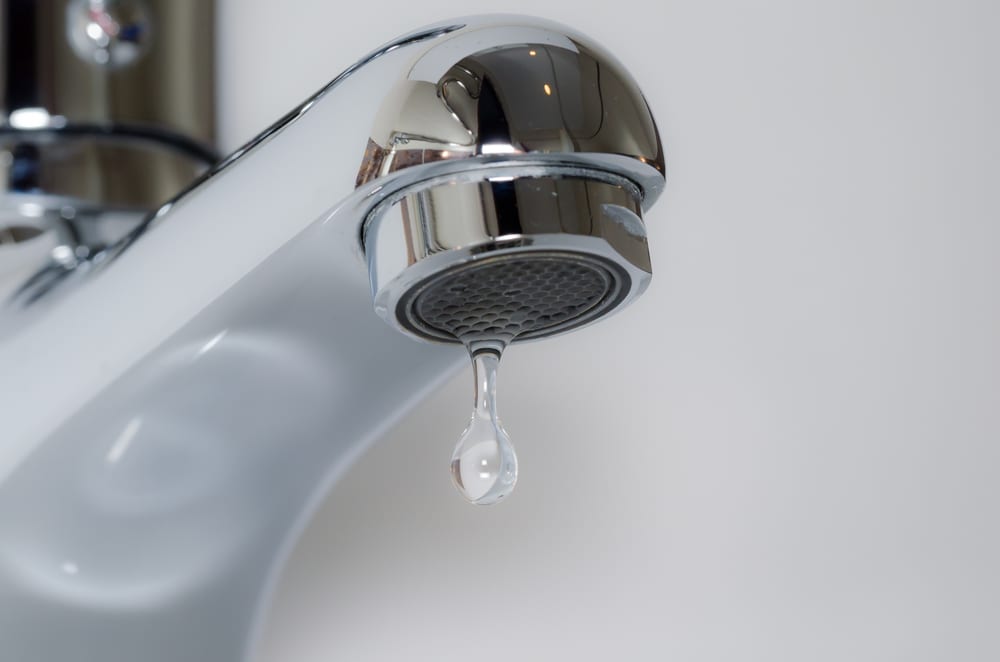Bath Water Leaks: Effective Detection and Fixing Strategies
Bath Water Leaks: Effective Detection and Fixing Strategies
Blog Article
Have you been looking for additional info about How to Detect and Fix a Bathroom Leak?

Bathroom leakages are frustrating as they interrupt your day's plan. They differ in severity depending upon the resource of the leak. You should prioritize them, as they can swiftly aggravate. So, it is a relief that the majority of shower room leakages are very easy to detect and also deal with, with marginal cost ramifications.
Having a water leak in shower room can be stressful to the homeowner. However repairing the leakage becomes a simple problem if you understand what to do. So, this short article is important as a house overview to dealing with a water as well as discovering leakage in shower room. It does not replace the need for expert experience. The write-up acts as a "first aid" when you need an emergency situation reaction to a water leakage in shower room.
Detection and also Repair of Water Leak in Washroom
Water leak in washroom typically results from plumbing and pipeline mistakes. You might need a standard expertise of these leak types to discover the water leak in bathroom.
Sprinkle Leaks
These often arise from water splashing on the bathroom flooring from the bath tub. It is a consequence of using a poor shower curtain or used bath tub lining. It harms the shower room floor and might create rot to wooden floors and also shower room doors. The water typically swimming pools around the tub or shower. This might lead to worse bathroom damages without timely handling.
What to Do
This shower room leakage is the simplest to deal with. You just need to replace the curtains or recaulk the bathtub or shower. You might need to change these to avoid more damages if the leakage has harmed the washroom flooring or door. Fortunately is that you can involve a plumbing specialist to assist with the restroom repair.
Commode Leaks
Often, water leakages from the bathroom and also pools around the commode base. It is an eye sore in the bathroom and needs punctual attention.
What to Do
You only need to tighten them if there are loosened bolts in between the tank and bathroom. Often you may need to reapply wax on the gasket or call a restroom leakage expert to replace broken or used components.
Clogged Restroom Sinks
In some cases, the water leak in bathroom results from sink blockages. This is commonly a hassle to home owners and also may be unpleasant. Clogs may arise from the build-up of soap residue, hair bits, or debris that clog the drainpipe. It is very easy to handle obstructions, and you might not require professional abilities.
What to Do
You can make use of a drain serpent to get rid of the particles in the drain and allow the stagnant water flow. Drain cleansers are additionally available in stores and also are easy to make use of.
Conclusion
Water leaks in the shower room are preventable events in the house. When they do, repair them without delay, or engage the services of an expert.
The post offers as a "first aid" when you need an emergency action to a water leakage in washroom.
Water leakage in washroom commonly results from plumbing and pipeline mistakes. You might require a basic understanding of these leakage types to discover the water leakage in washroom. It harms the washroom floor and might trigger rot to wood floors and also washroom doors. Often, the water leakage in shower room results from sink blockages.
5 Ways You Can Tell There's Water Leaking In The Bathroom
Mold and mildew
The presence of mold or mildew is a big indicator of a water leak. It's not unordinary to see mold or mildew in parts of your bathroom where water accumulates, like showers and sinks, but it's a problem if you notice it growing in other places. Mold grows in places that are moist and dark so it can point you to hidden water leaks.
Read More: https://www.housedigest.com/927314/ways-you-can-tell-theres-water-leaking-in-the-bathroom/If you notice mold or mildew growing on bathroom walls, floors, or ceilings you should be concerned. Other than pointing you in the direction of a potential leaky pipe behind your walls or under your floors, mold is dangerous to your health, according to The Waterworks. Mold can cause an allergic reaction with symptoms like watery eyes, runny noses, sneezing, headaches, and difficulty breathing. Since mold is not only unsightly to look at, but a health hazard it's important to take care of the leak as soon as possible so the mold can be cleaned before it spreads.
Read More: https://www.housedigest.com/927314/ways-you-can-tell-theres-water-leaking-in-the-bathroom/Damaged walls or floors
Unexplainable damage to your bathroom walls and floors is another sign of water leaking. If drywall gets wet it will crumble, bubble, and even warp or break apart. Before you notice your drywall deteriorating you may see the paint blistering or chipping off the wall. Or if you have wallpaper, it will begin to peel off when wet and show water stains.
Read More: https://www.housedigest.com/927314/ways-you-can-tell-theres-water-leaking-in-the-bathroom/Unstable toilet
When you sit on your toilet does it wobble? If it is unstable your toilet potentially has a flange leak, according to The Pink Plumber. Toilets are supposed to sit stable on the bathroom floor and should never be able to be moved around. There are screws that keep the toilet secured down to the floor and a wax ring that connects the toilet to the waste pipe. The wax ring creates a water-tight seal so nothing leaks when water and waste are moving through the toilet. If the wax seal is damaged or worn down it will no longer provide the proper seal, causing a flange leak and allowing wastewater to seep out.
Read More: https://www.housedigest.com/927314/ways-you-can-tell-theres-water-leaking-in-the-bathroom/Wet bathroom cabinets
Wet bathroom cabinets are a sure-fire way to tell if you have a water leak in your bathroom. When your cabinets are wet it is likely because of leaks from sink faucet or water supply lines. You will know that your cabinets are damp if you see any water stains inside the cabinets. If it is a leak from a water supply line The Pink Plumber explains that you will see water dripping out from the connectors or even puddles in the cabinets.
Read More: https://www.housedigest.com/927314/ways-you-can-tell-theres-water-leaking-in-the-bathroom/https://www.housedigest.com/927314/ways-you-can-tell-theres-water-leaking-in-the-bathroom/

I have been very serious about How to Detect and Fix a Bathroom Leak and I am hoping you appreciated the new piece. For those who liked our post if you please be sure to pass it around. Thank you for your time. Visit again soon.
Connect, relax, resolved. Report this page